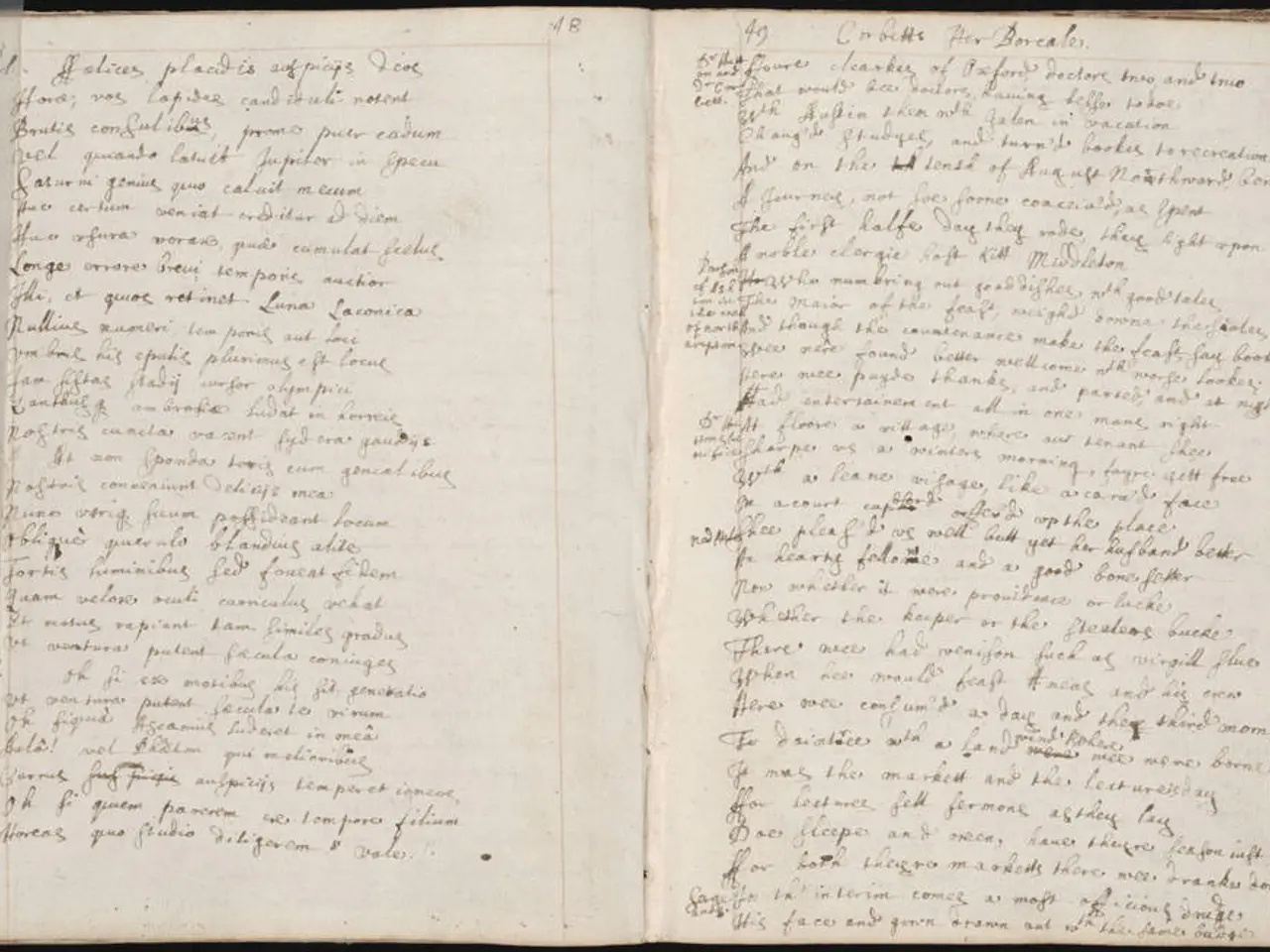Guidelines for Organizing Each Paragraph in the Crucial Analysis Section of a Dissertation's Literature Review Chapter
In the realm of academic writing, a critical literature review stands out as an essential component, focusing on the analysis, evaluation, and synthesis of existing research on a specific topic. This process allows students to demonstrate their critical thinking skills, guide future research, and add depth to their arguments.
To write an effective critical literature review paragraph, there are several key steps to follow:
1. **Narrowing the topic** and selecting relevant literature to focus on specific, manageable subtopics or themes. 2. **Reading and evaluating** the chosen sources thoroughly to understand their arguments, methods, findings, and limitations. 3. **Identifying patterns, themes, debates, or gaps** across sources to organize your analysis coherently. 4. **Developing a clear purpose or thesis statement** that defines the focus of the paragraph. 5. **Writing the paragraph** by integrating summarization and critical evaluation, going beyond mere description to analyse the strengths, weaknesses, relevance, and contribution of each source to the overall topic. 6. **Using transitions and linking phrases** to connect ideas within the paragraph for coherence and flow. 7. **Reviewing and revising** the paragraph to ensure clarity, logical progression, and that it supports your overall literature review argument.
A well-structured critical literature review paragraph typically includes: - A topic sentence that states the theme or focus. - Summary and synthesis of key sources relevant to this theme. - Critical evaluation addressing the quality, reliability, or gaps in the literature. - An explanation of how this discussion supports your research or clarifies the problem.
By following these steps, students can write critical literature review paragraphs that are not merely descriptive but integrate summarizing with analytical commentary to frame the existing knowledge critically in relation to their research aims.
For instance, a paragraph might focus on Cognitive Behavioural Therapy (CBT) and its effectiveness in reducing anxiety symptoms. However, the long-term efficacy of CBT is debated, with some researchers emphasising the need for follow-up care and the potential benefits of combining CBT with medication. This approach not only provides a concise overview of the existing research but also fosters a deeper understanding of the strengths and weaknesses of the research, thereby encouraging critical thinking skills.
In conclusion, mastering the art of critical literature reviews is a valuable skill for any student, as it allows them to evaluate, synthesise, and analyse research effectively, ultimately guiding their own research and contributing to the advancement of knowledge in their field.
To enhance your educational journey and self-development, consider enrolling in online courses that focus on the art of critical literature reviews. These online education platforms provide opportunities for structured learning and the practice of skills essential for academic success, such as analyzing, evaluating, and synthesizing existing research.
Moreover, by engaging in online education, you can access a diverse range of learning materials, foster critical thinking skills, and contribute to ongoing discussions in various fields of study, ultimately adding value to your personal and academic growth.




